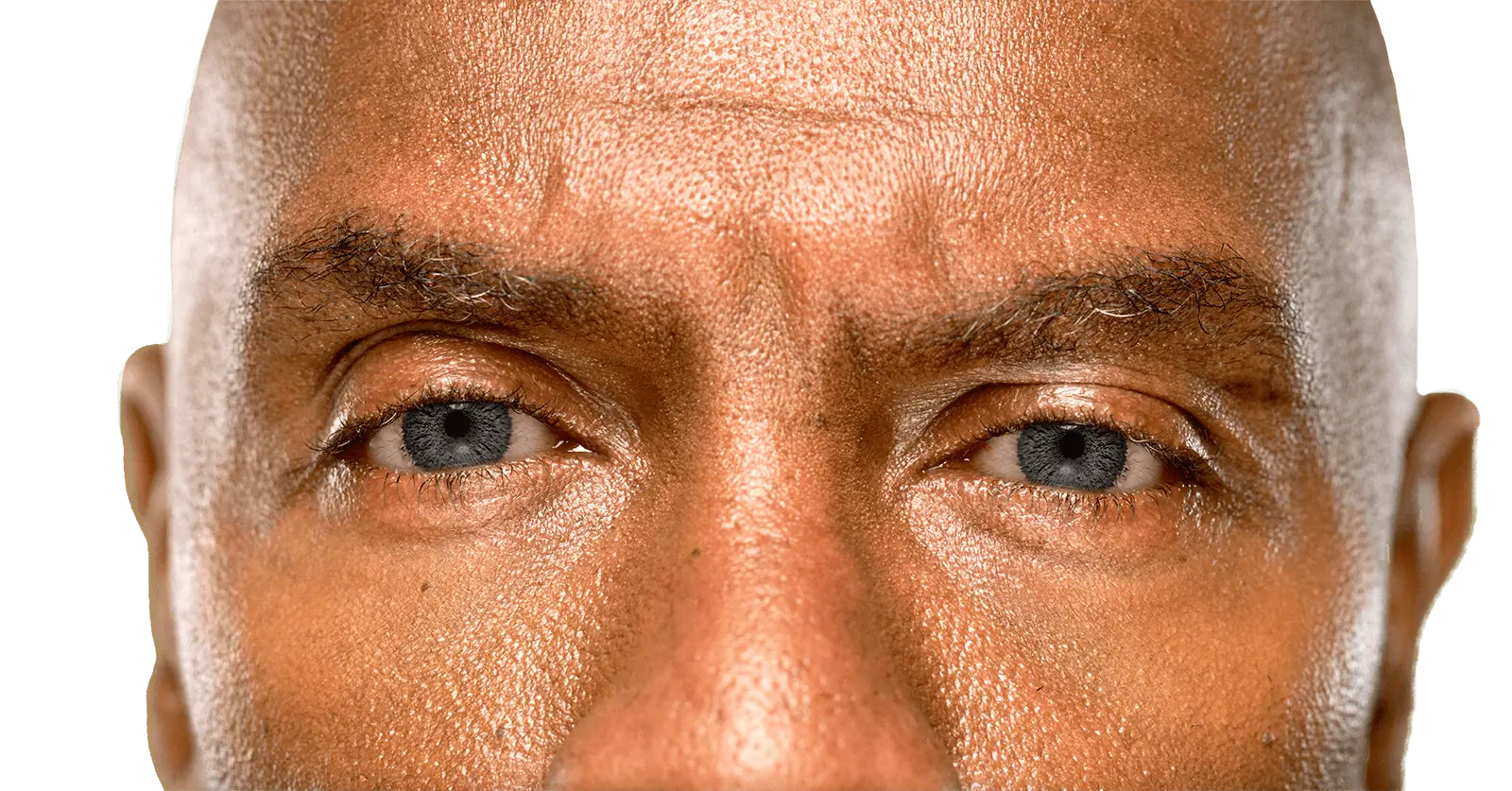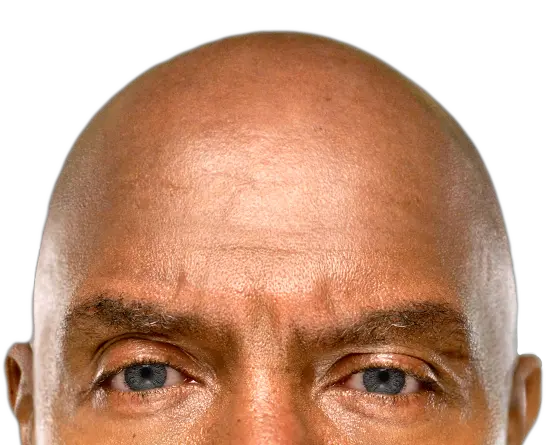What causesDRY EYE?
For about 9 out of 10 people with dry eye, a leading cause is too much tear evaporation.
That means even if your eyes are making enough tears, your tears aren't staying where they should be.
Another less common type of dry eye is called "aqueous deficient dry eye."
This means you don't produce enough tears. However, it's often not the only cause of dry eye symptoms.
In some cases, dry eye can be caused by a combination of both aqueous deficiency and tear evaporation.
Is tear evaporation a cause of your dry eye problems?
Take the quiz


The symptoms ofEVAPORATIVE DRY EYE
When your eyes feel scratchy and gritty, day after day, you may have dry eye.
For about 9 out of 10 people with dry eye, a leading cause is tear evaporation.
When you have evaporative dry eye, your eyes may feel:
Sensitiveto light
You may also feel like:
Your vision
fluctuates
to clear your vision
Sensitiveto light
You may also feel like:
fluctuates
to clear your vision
Your symptoms worsen throughout the day
The impact ofEVAPORATIVE DRY EYE
Evaporative dry eye may begin as an occasional problem, or even a seasonal issue. But over time, it's common for additional symptoms to develop, or for existing symptoms to worsen and become more persistent.
Nearly 38 million Americans are affected by dry eye—but that number is growing. Over the past decade, there's been an increase in dry eye in younger adults (18 to 34 years old)—partly due to technology-driven lifestyles.
People with dry eye often have problems with:
Watching TV
Screen time
Driving
Reading
Dry eye may also impact your work. One study found that symptoms of dry eye negatively impacted work performance for 91 to 128 days on average. That's 3 to 4 months per year!

Treatments forDRY EYE
Not all eye drops for dry eyes are the same. Most Rx treatments do not directly target a leading cause of dry eye—tear evaporation.
Targeting tear evaporation may provide relief from dry eye.




 Cancel
Cancel